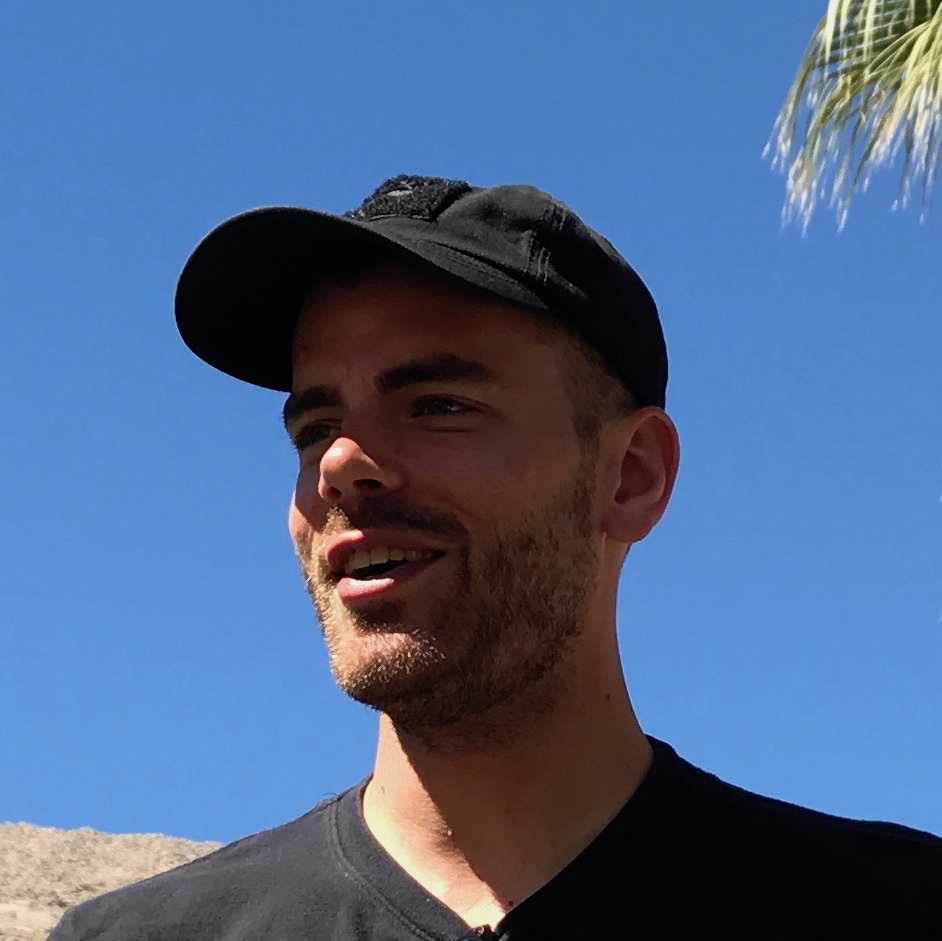For three years in a row now, I’ve attended a party for the DOTA 2 (a multiplayer online battle arena game) International Tournament. My group of friends typically grab some beer, some pizza, and the biggest TV we can find to watch a bunch of guys clack keyboards and click mice to nerdy glory. Coworkers and other pals sometimes assume we’re a little odd. But to those less enamored by traditional sports, who grew up with a controller in their hands, esports offers a competitive outlet that resonates more with the intellectual than the physical.
Some people like to casually disregard esports as fringe or weird. While those critics may have had a point in 1998, in a 2017 report, SuperData Research determined that more people in the world watch gaming videos and streams than HBO, Netflix, ESPN, and Hulu combined, topping out around 665 million viewers. Streamers generated around $4.6 billion in 2016, and the top prizes for large-scale tournaments are pushing the seven-figure mark.
AB InBev, in tandem with their recent “Famous Among Friends” campaign, is chasing an avenue for their best seller in a completely new arena, one simply called “Bud Light All-Stars.” This YouTube and Twitch (a video game streaming service) beer and games mashup features several professional gamers and streamers, playing an assortment of popular games while surrounded by Bud Light advertising. It’s not an unusual tactic for related industries, and many computer hardware/peripheral companies like Intel, Asus, and NVidia have sponsored professional gamers for years, often going the NASCAR route of slapping their logos onto the player’s jerseys. Where there are viewers, there is opportunity. Maybe most importantly, there are also dollars.
There’s next to no barrier to entry to watch video game streams: no subscription fees, no external apps necessary. All you need is a basic understanding of the game you want to watch and an internet connection. Tie that accessibility to a culture that thrives on the type of instant gratification that video games deliver, and you’ve got a recipe for an easy money-maker. No wonder ABI wanted in on the action.
That is, until you consider age.
There’s a phrase consumers don’t often hear, one that rings out loudly in corporate offices: responsible marketing. The concept is deceptively simple and logical on the surface, and typically hammers out company-wide rules about where, how, when, and to whom a product should be marketed. These rules are especially important to marketing anything deemed “adult” (pornography, alcohol, tobacco, etc.), as there are myriad social and legal implications to actively marketing to a crowd that exists below the legal threshold for sale.
Some of you reading this likely remember Joe Camel and his subsequent disappearance. The anthropomorphized dromedary was the Camel cigarette company’s mascot from 1987 to 1997, until The Journal of the American Medical Association published a study citing that kids could identify Joe in a lineup with actual children’s characters, inferring that the company was directly marketing to children.
This held up in court during Mangini v. R. J. Reynolds Tobacco Company, where it became clear that the tobacco giant had a vested interest in securing young smokers, as they’d be a major share of volume over their lives. Reynolds settled out of court, but the message resounded clearly: marketing adult products to underage people is an ethical line American companies shouldn’t cross.
"We recognized the importance, scope and opportunity in esports, and we recognized the passion that many esports fans have for the players," says Eelco van der Noll, Vice President of Experiential Marketing at Anheuser-Busch in a May 2017 Forbes article.
The key component of this phrase is the focus on the fans. While there are plenty of college-aged and adult video game fans (the average age of a gamer is 35 according to the Entertainment Software Association), a solid 26% of fans are under 18. The professionals themselves are often young: when Evil Geniuses, one of the oldest professional gaming organizations, won the $18 million dollar prize pool for the DOTA TI in 2016, two of their five players were under the legal drinking age in the U.S.
Like a rally car going just a little too fast on an icy hairpin turn in the Alps, this skirts the boundaries of responsible marketing. To clarify: one fourth of the potential audience for this entire campaign cannot legally purchase or drink beer. Bud Light does do its due diligence and lists “21+ Only” on their sites and social media, and the Twitch feed itself has an age verification check, but anyone who has ever used the internet knows how effective those are at keeping people from content.
The conundrum poses an interesting question: are there realms, like esports, where beer advertising is wholly inappropriate? Not when you compare them to traditional sports and sports marketing, suggests Rahul Sood, CEO and Cofounder of Unikrn.com, a comprehensive esports platform.
“Kids play baseball and football, just like they play video games,” Sood says. “Anyone can access ESPN, watch football, and see or hear beer ads. It’s up to the parents to teach their kids about what’s appropriate.”
Sood’s point is cogent. Underage people are allowed to attend live sporting events where they’re exposed to not only beer advertising, but also, potentially, intoxicated people and irresponsible drinking behavior. Bringing beer into esports is a logical extension of the trend that has long permeated traditional sports.
“There’s a notion that only kids play video games, but there’s a rapidly growing demographic of 18-40 year olds who are playing and watching video games,” Sood says. “More non-endemic brands will enter the space. It’s a great way to reach a new audience.”
“These are competitive games,” he continues, “it’s not like we’re talking about targeting a group that watches Barney.”
But a few TV spots during a three-hour football game stands alone from a sponsorship with persistent banner ads and a curated experience. It’s easy for children, already overloaded with advertising stimuli, to ignore one-offs and commercials that don’t interest them. But what happens when they’re exposed to an adult brand for a prolonged period, especially in connection to something they’re fiercely passionate about?
“If we start to see 16-year old kids wearing Bud Light sponsored jerseys, that’s a problem,” Sood says. “But most wouldn’t put their brand at risk like that, and most companies wouldn’t partner with them if that was a possibility.”
Even if the kids can’t—or don’t want to—drink, that’s still a lot of exposure to a brand from an impressionable age. Bud Light is likely winning a large chunk of share of mind for gamers, especially given that no other beer companies have tried marketing within the industry, which might translate into sales when those gamers hit drinking age. Does benign sponsorship for a sub-culture that just so happens to be made up of a not-ignorable number of minors eventually start to cross into Joe Camel territory?
The beer market is shrinking, and many companies, especially those with already-very-large financial stakes in the category’s success, are trying whatever they can to staunch the bleeding. Hopefully that doesn’t include dubious marketing campaigns, but one has to consider, given the minds and money at ABI, that someone, somewhere down the line had to point out how many underage people play games. Perhaps it’s a calculated risk to reach a very large and, until now, untapped, market. Perhaps it’s harmless unavoidable overlap that comes with the territory of advertising in the competitive sports realm.
As esports grow and beer companies opt to enter the game, it’s important to consider the ramifications of minors developing causal recognition of—and relationships with—adult brands. For the health of the both industries, and to channel Helen Lovejoy, won’t somebody please think of the children?













